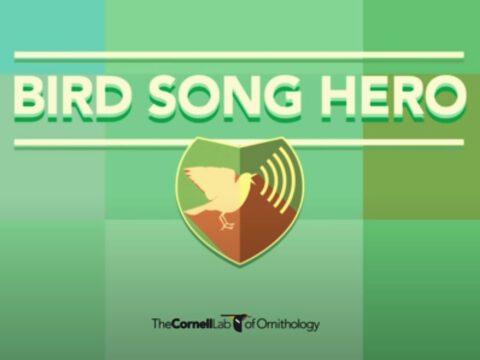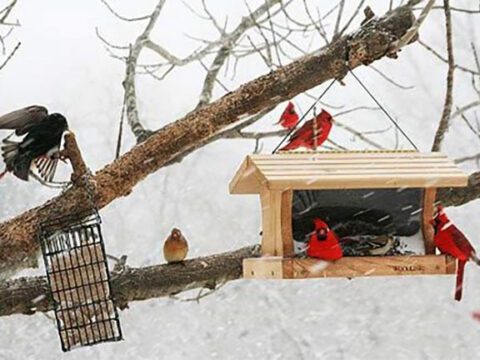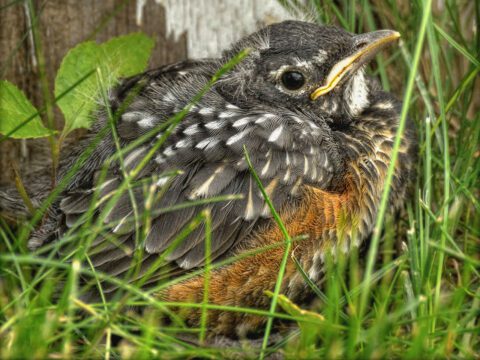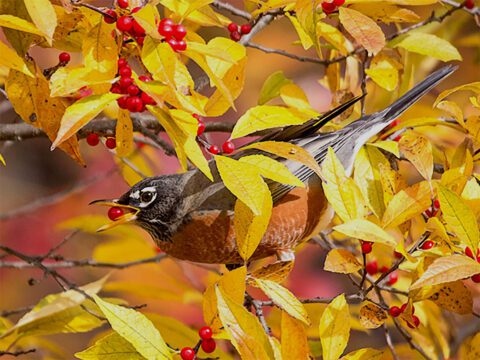Galveston Bay Oil Spill: Resources From the Cornell Lab
March 29, 2014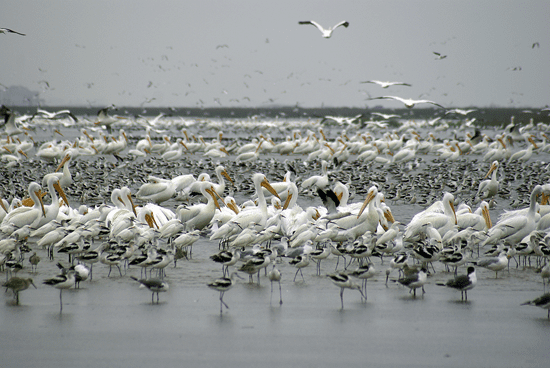
As with the timing of the Deepwater Horizon disaster four years ago, this week’s oil spill in Galveston Bay comes at just about the worst time of year for the ecologically important Texas Gulf Coast. Thousands of wintering waterbirds throng the coastline, and thousands more migrants are due to arrive in the coming days. The spill happened immediately adjacent to Bolivar Flats, a renowned birding spot; the oil has been swept southward along the coast and has begun washing ashore on unspoiled Matagorda Island.
This spill will be far smaller than the Deepwater Horizon spill, although its proximity to shore means the oil immediately threatens birds in the area. The ruptured barge in Galveston Bay contained nearly 1 million gallons of oil; so far it has discharged about 168,000 gallons (the contents of one of the ship’s holds). For reference the Deepwater Horizon spill released an estimated 210 million gallons and the Exxon Valdez spill of 1989 involved 11 million gallons.
Thousands of avocets, sandpipers, pelicans, gulls, terns, herons, and ducks are in the vicinity of the oil slick. You can use our eBird Locations tool to see recently reported species and numbers. Oiled birds are being seen, and at least 37 bird deaths have been reported as of March 28, 2014. As we watch the situation develop, here are some additional sources of information.
- What’s happening now? Houston Audubon has an oil spill page with updates on current conditions. The Galveston Bay Foundation is coordinating with the Coast Guard to involve a group of pre-registered volunteers to help with cleanup. Texas City “Y” Response is the official area command response information site with updated information and pictures. Wildlife response and rehabilitation is being coordinated by Wildlife Response Services.
- What can be done about the oil? Our Oil Spill FAQ page was compiled during the Deepwater Horizon oil spill and contains answers to many basic questions about birds, oil, and wildlife rehabilitation.
- Which birds are in danger? Our BirdCast regional forecasts provide weekly updates about which species are likely to be moving through the Texas Gulf Coast. For the coming week (Mar 28–Apr 4), waterfowl on the move in the region include Gadwall, Ring-necked Duck, Bufflehead, and Least Tern. You can also see recent sightings lists with our eBird Locations tool.
- What can I do if I’m in the area? If you see an oiled bird, you can report the degree of oiling on an eBird checklist. To do this, check “Other” on the Location, Date, and Effort page and then choose “Oiled Birds” from the drop-down list. The American Birding Association blog also encourages birders to do this, and has a commentary on why those counts are crucial for the political aftermath of the spill.

All About Birds
is a free resource
Available for everyone,
funded by donors like you
American Kestrel by Blair Dudeck / Macaulay Library

